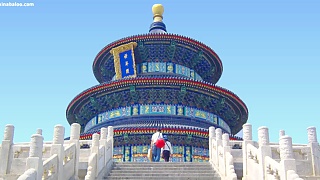
 The beautiful karst landscape around GuiLin 桂林
The beautiful karst landscape around GuiLin 桂林

Live more ...
 The beautiful karst landscape around GuiLin 桂林
The beautiful karst landscape around GuiLin 桂林

|
GuangXi province, south China ...
|

|
With Walk East ...
|

|

|
A film by kinabaloo.com and BeijingBuzzz.com ...
|

|
自己在家都能做的茶葉蛋和焦糖奶茶,以後想吃也不用出去買啦
|

|
With Walk East ...
|

|
With Trevor / The Food Ranger ...
|

|
ShaanXi province.
With Zina ...
|